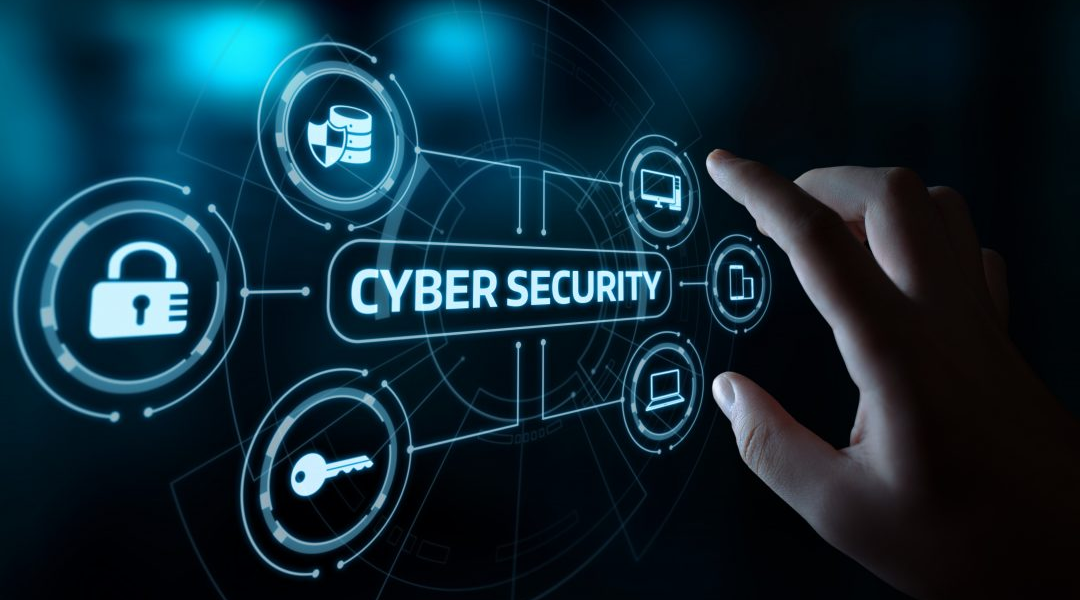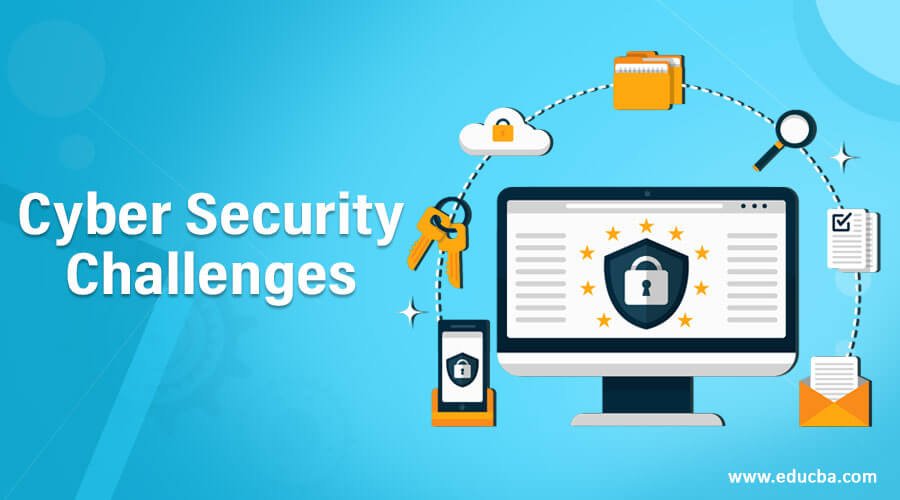Hackers Don’t Want You to Know These 8 Cybersecurity Secrets!
In today’s interconnected world, where digital technology is deeply integrated into personal, professional, and governmental domains, cybersecurity has become a critical concern. The ever-increasing reliance on digital platforms for communication, commerce, and storage of sensitive information has created a fertile ground for cyber threats. From individuals to multinational corporations, no entity is immune to the risks associated with cybercrime. This article explores the multifaceted world of cybersecurity, its importance, emerging trends, and actionable strategies to mitigate risks.
What is Cybersecurity?
Cybersecurity refers to the practice of protecting systems, networks, and data from cyber threats. It encompasses a range of technologies, processes, and practices designed to safeguard devices, information, and services from unauthorized access, damage, or disruption. In essence, cybersecurity is a shield that ensures the confidentiality, integrity, and availability of information in the digital age.
The Rising Threat of Cybercrime
Cybercrime has evolved into a sophisticated industry. Threat actors employ advanced tools and techniques to exploit vulnerabilities. Here are some of the most prevalent forms of cyber threats:
- Phishing Attacks
Phishing involves fraudulent emails or messages designed to trick recipients into revealing sensitive information, such as passwords or credit card details. These attacks have grown increasingly targeted, often using social engineering tactics to deceive victims. - Ransomware
Ransomware is malicious software that encrypts a victim’s data and demands payment for its release. High-profile ransomware attacks on healthcare, education, and government sectors have highlighted its devastating potential. - Data Breaches
Unauthorized access to sensitive data is a lucrative endeavor for cybercriminals. Breaches can expose personal, financial, and proprietary information, leading to reputational damage and legal consequences for affected organizations. - Distributed Denial of Service (DDoS) Attacks
DDoS attacks flood servers with overwhelming traffic, rendering them inoperable. They are often used to disrupt services and cause financial losses. - Advanced Persistent Threats (APTs)
APTs involve prolonged and targeted cyberattacks where intruders infiltrate systems to steal data over time, often focusing on high-value entities such as government or corporate networks.
The Importance of Cybersecurity
The consequences of cyber threats extend beyond financial loss, affecting reputation, operations, and even national security. Here’s why robust cybersecurity measures are indispensable:
- Protection of Sensitive Information
Organizations store sensitive customer and business data that, if compromised, could lead to identity theft, fraud, or corporate espionage. - Ensuring Business Continuity
Cyberattacks can disrupt operations, causing downtime that results in lost revenue and diminished customer trust. - Compliance with Regulations
Many industries are governed by stringent data protection laws, such as the General Data Protection Regulation (GDPR) or the Health Insurance Portability and Accountability Act (HIPAA). Non-compliance can lead to severe penalties. - Safeguarding National Security
Critical infrastructure sectors like energy, healthcare, and transportation are frequent targets of cyberattacks. A breach in these systems can have catastrophic consequences. - Fostering Consumer Confidence
A secure digital environment reassures customers that their information is safe, bolstering trust and brand loyalty.
Emerging Trends in Cybersecurity
As the threat landscape evolves, so do cybersecurity strategies. Here are key trends shaping the future of the field:
- Zero Trust Architecture
This model operates on the principle of “never trust, always verify,” ensuring that every user and device is authenticated and authorized before accessing resources. - Artificial Intelligence (AI) in Cybersecurity
AI and machine learning are being leveraged to detect and respond to threats in real-time. These technologies can analyze patterns and identify anomalies that might signal a cyberattack. - Cloud Security
With the shift to cloud-based systems, securing data stored in the cloud has become a top priority. This includes encryption, access controls, and monitoring. - Internet of Things (IoT) Security
As IoT devices proliferate, they present new vulnerabilities. Cybersecurity solutions for IoT must address issues like device authentication and secure communication. - Cybersecurity for Remote Work
The rise of remote work has expanded the attack surface. Secure Virtual Private Networks (VPNs), multi-factor authentication, and endpoint protection are critical. - Quantum Computing and Cybersecurity
While quantum computing promises breakthroughs in various fields, it also poses risks by potentially rendering current encryption methods obsolete.
Building a Robust Cybersecurity Strategy
An effective cybersecurity strategy requires a multi-layered approach that combines technology, processes, and people. Here’s how organizations can build resilience against cyber threats:
- Conduct Risk Assessments
Regularly evaluate vulnerabilities in systems and networks. This helps prioritize security investments based on the severity of potential risks. - Implement Multi-Factor Authentication (MFA)
MFA adds an extra layer of security by requiring users to provide multiple forms of verification. - Educate Employees
Human error is a leading cause of security breaches. Training employees on recognizing phishing attempts and following security protocols is essential. - Use Encryption
Encrypting sensitive data ensures that even if it is intercepted, it cannot be read without the decryption key. - Patch Management
Regularly update software and systems to fix vulnerabilities and prevent exploitation by hackers. - Establish Incident Response Plans
A well-defined incident response plan ensures quick action in the event of a breach, minimizing damage and recovery time. - Invest in Cybersecurity Tools
Advanced tools such as firewalls, intrusion detection systems, and threat intelligence platforms can bolster defenses. - Engage with Cybersecurity Frameworks
Frameworks like the National Institute of Standards and Technology (NIST) Cybersecurity Framework provide a structured approach to managing cyber risks.
Challenges in Cybersecurity
Despite advancements, several challenges persist in the cybersecurity domain:
- Evolving Threat Landscape
Cyber threats are constantly changing, requiring organizations to stay vigilant and adaptable. - Shortage of Skilled Professionals
The demand for cybersecurity expertise far exceeds supply, leading to a global talent shortage. - Budget Constraints
Many organizations, particularly small businesses, struggle to allocate sufficient funds for comprehensive cybersecurity measures. - Complex Regulatory Environment
Navigating the myriad of international, national, and industry-specific regulations can be daunting. - Balancing Security and Usability
Implementing stringent security measures can sometimes hinder user experience and productivity.
Case Studies: Lessons from Real-World Cyberattacks
- Colonial Pipeline Ransomware Attack (2021)
A ransomware attack on Colonial Pipeline, a major U.S. fuel supplier, led to widespread disruptions and fuel shortages. The incident highlighted vulnerabilities in critical infrastructure and underscored the importance of proactive cybersecurity measures. - Equifax Data Breach (2017)
One of the largest data breaches in history, the Equifax breach exposed sensitive information of over 140 million individuals. The breach was attributed to an unpatched software vulnerability, emphasizing the importance of regular updates and monitoring. - Target Data Breach (2013)
A breach at Target Corporation compromised credit card information of 40 million customers. Hackers gained access through a third-party vendor, demonstrating the need for robust third-party risk management.
The Role of Governments and International Collaboration
Governments play a crucial role in bolstering cybersecurity through legislation, public awareness campaigns, and international collaboration. Initiatives like the European Union’s GDPR and the U.S. Cybersecurity and Infrastructure Security Agency (CISA) aim to enhance cyber resilience.
International cooperation is also vital in combating transnational cybercrime. Efforts such as the Budapest Convention on Cybercrime and information-sharing platforms enable a unified response to global threats.

Future Directions in Cybersecurity
The cybersecurity landscape will continue to evolve as technology advances. Here are some anticipated developments:
- Post-Quantum Cryptography
With quantum computing on the horizon, developing encryption methods resistant to quantum attacks is a top priority. - Behavioral Analytics
Monitoring user behavior patterns can help identify suspicious activities and prevent breaches. - Integration of Blockchain
Blockchain technology offers tamper-proof records and decentralized control, making it a promising tool for secure transactions and data storage. - Cybersecurity Automation
Automating routine security tasks can free up human resources for strategic decision-making and complex problem-solving.

Conclusion
Cybersecurity is not just a technical necessity; it is a strategic imperative in the digital era. As cyber threats grow in complexity, the need for a proactive, layered, and adaptive approach to security becomes more apparent. By investing in education, technology, and collaboration, individuals and organizations can build a resilient digital ecosystem. Safeguarding the digital world requires collective effort and unwavering vigilance, ensuring that the benefits of technology are not overshadowed by its risks.












